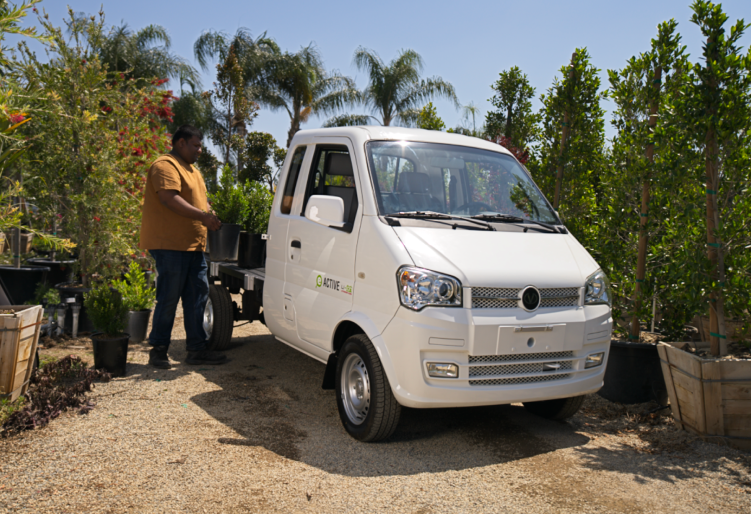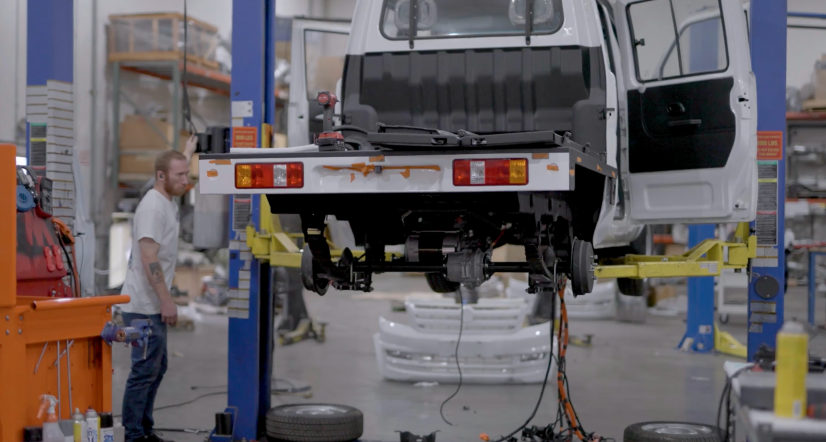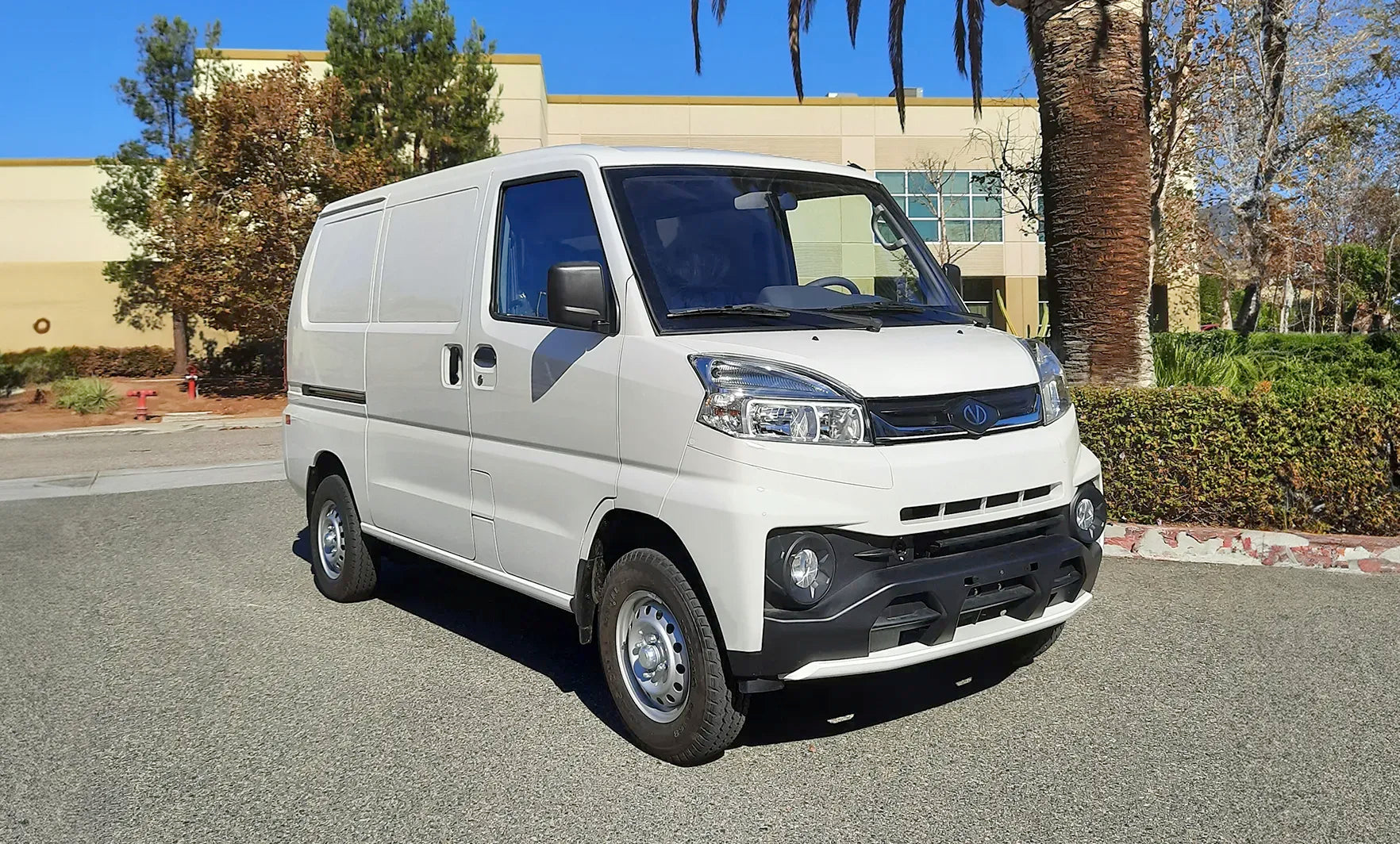On-the-Go Refreshments: How Beverage Carts Enhance the Golf Course Experience

From carefully maintained turf to prompt customer service, today’s golf course operators are expected to deliver a premium atmosphere at every hole. One of the most effective yet underutilized tools for enhancing this experience is the golf course beverage cart.
Beverage carts for golf courses have become mobile hospitality hubs that offer convenience, comfort, and new revenue opportunities. As expectations grow, especially during peak season and tournament play, a reliable beverage cart service can make the difference between a good round and a great one.
Let’s explore how golf course utility vehicles, particularly beverage carts, help elevate service quality, improve golf course income, and streamline food and beverage operations.
The Evolution of the Golf Course Beverage Cart
The golf course beverage cart may be a familiar sight today, but it has surprisingly glamorous origins. The concept took shape in the 1950s and ’60s at the Desert Inn Golf Club in Las Vegas—one of the most exclusive venues of its time.
Catering to high-profile guests like Frank Sinatra, Dean Martin, and other members of the legendary Rat Pack, the club sought a way to deliver cocktails and refreshments directly to its VIP clientele mid-round.
To meet the demands of these high-rolling entertainers—who expected service without interruption—the course deployed motorized carts outfitted with ice, drinks, and bar essentials. It was part necessity, part showmanship, and all luxury.
This mobile hospitality experience quickly became a hit, blending Las Vegas flair with golf’s leisurely pace. From there, the idea spread across private and resort courses nationwide.
Over the decades, these once-novel carts evolved from bare-bones buggies into dedicated service vehicles, purpose-built for comfort, storage, and mobility.
Today, beverage carts for golf courses are an expected amenity, especially at courses that emphasize premium customer service. They’ve become not just a convenience, but a symbol of modern golf culture—bringing the clubhouse to the fairway and turning every round into a curated experience.
Why Beverage Carts Matter to the Golfer—and the Bottom Line

There are several key reasons why a beverage cart is considered an essential piece of the modern golf experience.
Improved Customer Service
Golfers appreciate thoughtful touches, and few things are more welcome during a summer round than a cold drink delivered directly to your group. Reliable beverage cart rotations eliminate the need to run back to the clubhouse for refreshments. This not only enhances satisfaction but also reflects well on the golf course's brand and hospitality standards.
Boosted Golf Course Income
The right golf course food and beverage strategy can be a substantial revenue driver. Impulse purchases are common—players might not plan to buy a snack or beer, but they will when it’s just a few feet away.
For operators, this translates to higher per-player spend, especially on high-margin items like alcoholic beverages or prepackaged snacks. Efficient beverage carts for golf courses help extend your reach across all 18 holes, maximizing sales without requiring additional infrastructure.
What Golfers Complain About—and What You Can Improve
Despite the popularity of beverage carts, many golf courses miss the mark when it comes to consistent service. Golfer complaints often include:
- Unpredictable timing: Players report not seeing the beverage cart until the later holes—long after they’ve needed refreshments.
- Limited options: A poor selection of snacks or warm drinks undermines convenience.
- Slow or outdated payment methods: Carts that only accept cash or lack mobile payment capabilities frustrate players accustomed to quick, app-based transactions.
In some cases, these gaps result in significant missed revenue. One golfer on Reddit noted his group was prepared to spend up to $100 during their round but never encountered the cart. These pain points highlight the importance of smart strategy in beverage cart success.
When determining how many beverage carts to deploy, course managers should consider layout, pace of play, and guest volume. A common baseline is one cart per nine holes, though busier courses or tournament days may warrant two or more to maintain consistent service.
Courses with long distances between holes, higher-end clientele, or limited clubhouse access benefit from additional carts to avoid gaps in coverage and missed sales opportunities.
Proper staffing and smart routing can also reduce the number of carts needed while still delivering excellent service.
Tips to Optimize Beverage Cart Service

To elevate both golfer satisfaction and golf course income, beverage cart operations must go beyond simply driving around with drinks. Here are proven ways to optimize your golf course food and beverage service:
1: Strategic Routing
Map out cart rotations based on tee times, pace of play, and high-traffic areas. Use GPS-enabled systems or scheduling tools to ensure the cart reaches each group at least twice during their round. Consistency leads to predictability—players are more likely to buy when they know service is coming.
2: Tech-Enabled Ordering
Consider mobile ordering through apps or QR codes placed at tee boxes. This allows players to request drinks or snacks in advance and eliminates long wait times. Equipping your cart staff with tablets also streamlines inventory tracking and speeds up checkout, especially when digital payments are enabled.
3: Inventory & Presentation
Variety matters. Stock your cart with:
- Hydration essentials (water, sports drinks)
- Alcoholic options (beer, canned cocktails—where allowed)
- High-margin snacks (protein bars, chips, candy)
- Seasonal or premium add-ons (fruit, hot coffee, fresh sandwiches)
A well-organized cart with clean storage compartments and visible pricing also enhances professionalism.
4: Trained Staff
Your cart attendants are mobile brand ambassadors. They should be:
- Friendly and attentive
- Skilled in upselling
- Trained in food safety and alcohol compliance
When staff provide enthusiastic service, golfers feel valued—and they spend more.
Why Vehicle Choice Matters: Introducing the Vantage Beverage Cart
While staffing and strategy are important, your golf course utility vehicles must also meet the demands of the course environment. That’s where the Vantage beverage cart truly excels.
Built for Performance and Protection
Vantage’s beverage cart with service topper is built on our standard truck platform. Featuring a fully enclosed cab, this heavy-duty design provides a smoother ride and greater durability than typical beverage carts on the market. Solid, all-weather construction makes it suitable for all seasons, while the spacious interior keeps inventory secure.
Electric or Gas Power Options
Available in 100% lithium electric or EPA-approved gasoline models, Vantage’s carts offer the flexibility to match your facility’s energy preferences and operational requirements. Electric models are ideal for sustainable, low-maintenance use, while gas-powered versions offer extended range and faster refueling when needed.
- Street legal up to 25 mph—ideal for both course paths and nearby roads (if local laws permit)
- Electric models charge on a standard 20-amp circuit (Level 2 optional)
- Gas models feature a 1.5-liter, 90 hp engine with 4-speed automatic transmission
Extra Storage = Fewer Refill Trips
One of the most practical benefits of our beverage cart is its expanded shelving and storage area compared to traditional models. This extra capacity allows cart staff to carry more inventory—which in turn reduces the need for frequent trips back to the clubhouse. Over the course of a long day, this efficiency can significantly improve both profitability and customer service continuity.
Customization and Utility

Operators can configure the Vantage cart with various optional features, including:
- Front brush guard
- Cross bed toolbox
- Ladder rack
- Turf rims and heavy-duty rear springs
- Extended range battery pack (electric models only)
These options allow course managers to customize the cart to specific operational needs. The result is a beverage cart that goes beyond basic refreshment delivery to become a highly versatile golf course utility vehicle.
Low Operational Costs
Electric models operate for less than $0.05 per mile with minimal maintenance, while gas versions offer competitive fuel efficiency (approximately $0.10 per mile) compared to traditional golf course vehicles. Both platforms are engineered for long-term reliability and cost control.
Refreshment as Strategy
Ultimately, the golf course beverage cart enhances the pace and flow of the game, improves guest satisfaction, and adds meaningful income to golf course operations.
Whether you're managing a popular public course or a high-end private club, deploying the right cart—paired with the right staff and strategy—can unlock major returns. And with versatile beverage carts for golf courses like those offered by Vantage, you’re investing in a vehicle that delivers lasting value.





